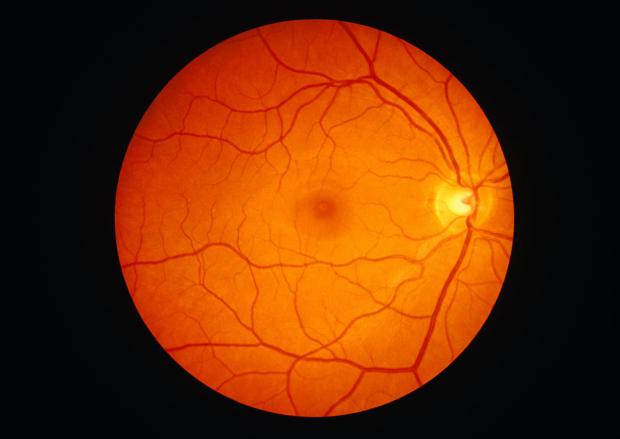
Breaking News
 The clean water dividend: Organic farming cuts pollution while boosting yields
The clean water dividend: Organic farming cuts pollution while boosting yields
 Elon Musk on DOGE, AI, & Are we in a Simulation? | KMP Ep.18
Elon Musk on DOGE, AI, & Are we in a Simulation? | KMP Ep.18
 The Legacy Media's Playbook of Omission: Hiding Scandals to Shield the Left...
The Legacy Media's Playbook of Omission: Hiding Scandals to Shield the Left...
Top Tech News
 Build a Greenhouse HEATER that Lasts 10-15 DAYS!
Build a Greenhouse HEATER that Lasts 10-15 DAYS!
 Look at the genius idea he came up with using this tank that nobody wanted
Look at the genius idea he came up with using this tank that nobody wanted
 Latest Comet 3I Atlas Anomolies Like the Impossible 600,000 Mile Long Sunward Tail
Latest Comet 3I Atlas Anomolies Like the Impossible 600,000 Mile Long Sunward Tail
 Tesla Just Opened Its Biggest Supercharger Station Ever--And It's Powered By Solar And Batteries
Tesla Just Opened Its Biggest Supercharger Station Ever--And It's Powered By Solar And Batteries
 Your body already knows how to regrow limbs. We just haven't figured out how to turn it on yet.
Your body already knows how to regrow limbs. We just haven't figured out how to turn it on yet.
 We've wiretapped the gut-brain hotline to decode signals driving disease
We've wiretapped the gut-brain hotline to decode signals driving disease
 3D-printable concrete alternative hardens in three days, not four weeks
3D-printable concrete alternative hardens in three days, not four weeks
 Could satellite-beaming planes and airships make SpaceX's Starlink obsolete?
Could satellite-beaming planes and airships make SpaceX's Starlink obsolete?
A Neuralink Rival Says Its Eye Implant Restored Vision in Blind People

For years, they had been losing their central vision—what allows people to see letters, faces, and details clearly. The light-receiving cells in their eyes had been deteriorating, gradually blurring their sight.
But after receiving an experimental eye implant as part of a clinical trial, some study participants can now see well enough to read from a book, play cards, and fill in a crossword puzzle despite being legally blind. Science Corporation, the California-based brain-computer interface company developing the implant, announced the preliminary results this week.
When Max Hodak, CEO of Science and former president of Neuralink, first saw a video of a blind patient reading while using the implant, he was stunned. It led his company, which he founded in 2021 after leaving Neuralink, to acquire the technology from Pixium Vision earlier this year.
"I don't think anybody in the field has seen videos like that before," he says.
Dubbed the Prima, the implant consists of a 2-mm square chip that is surgically placed under the retina, the backmost part of the eye, in an 80-minute procedure. A pair of glasses with a camera captures visual information and beams patterns of infrared light on the chip, which has 378 light-powered pixels. Acting like a tiny solar panel, the chip converts light to a pattern of electrical stimulation and sends those electrical pulses to the brain. The brain then interprets those signals as images, mimicking the process of natural vision.
There have been other attempts to restore vision by electrically stimulating the retina. Those devices have been able to produce spots of light called phosphenes in people's field of sight—like blips on a radar screen. They're enough to help people perceive people and objects as whitish dots, but it's far from natural vision.
One of these, called the Argus II, was approved for commercial use in Europe in 2011 and in the US in 2013. That implant involved larger electrodes that were placed on top of the retina. Its manufacturer, Second Sight, stopped producing the device in 2020 due to financial difficulties. Neuralink and some others, meanwhile, are aiming to bypass the eye completely and stimulate the brain's visual cortex instead.
Hodak says the Prima differs from other retinal implants in its ability to provide "form vision," or the perception of shapes, patterns, and other visual elements of objects. What users see isn't "normal" vision though. For one, they don't see in color. Rather, they see a processed image with a yellowish tint.
The trial enrolled people with geographic atrophy, an advanced form of age-related macular degeneration, or AMD, that causes gradual loss of central vision. People with the condition still have peripheral vision but have blind spots in their central vision, making it difficult to read, recognize faces, or see in low light.

 How Leasing Has Ruined Cars
How Leasing Has Ruined Cars First totally synthetic human brain model has been realized
First totally synthetic human brain model has been realized Mach-23 potato gun to shoot satellites into space
Mach-23 potato gun to shoot satellites into space

